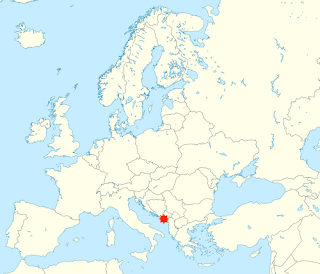After her eldest was born (a son named John), postpartum depression seems to have set in. She went through eight very difficult months in which she imagined herself being attacked by devils who wanted her to abandon her faith; she was even urged to suicide, which sounds like deep depression.
Along with these demonic visions, she had one of Jesus asking her why she had forsaken him? She began to have conversations with Jesus, Mary, God, and other religious figures. She also had visions of being present at both Jesus' birth and Crucifixion. One modern scholar claims she looked for ways to live a chaste life. The definition of "chaste" would have to be very flexible, since she had 13 additional children.
Having finally escaped whatever disturbed state she was in, she got busy. First she began to brew beer, referring to herself later as one of the greatest brewers in town. That business eventually failed when her employees all left her. She then bought two horses and started a grain-grinding business. The horses, however, refused to cooperate, and that business failed.
That is when she decided to devote herself to a more religious life. This would include sexual chastity, but her husband had some thoughts about that. They finally negotiated a chaste marriage, but he had conditions:
- They share a bed still
- Margery had to pay all his debts
- Margery had to make him a fish supper every Friday
She then engaged in her own form of public worship which involved loud wailing. This was very off-putting for onlookers, but at least it made an impression of someone who was in the grip of a powerful religious experience.
She started to "spread the word" in England and on pilgrimages; I'll talk more about that phase of her life tomorrow.





























